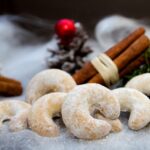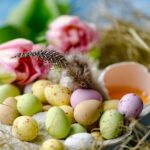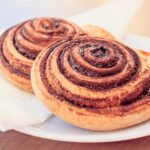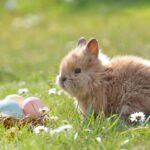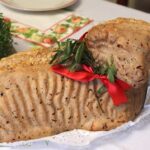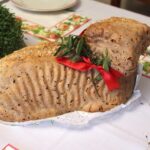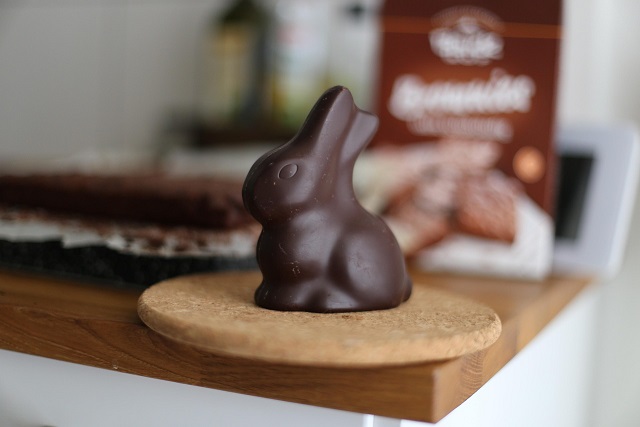
No German Easter is complete without Schokoladenhasen, the classic chocolate Easter bunnies. These sweet treats date back to the 19th century and have become a staple of Easter baskets across Germany. Whether hollow or solid, they are made using high-quality chocolate and molded into festive shapes.
Homemade chocolate bunnies allow you to customize flavors, fillings, and decorations. Making them at home is easier than you think, requiring just a few ingredients and a chocolate mold.
This guide covers the history of Schokoladenhasen, their significance in German Easter traditions, and a simple method to make them at home.
History & Cultural Significance
The Origins of Schokoladenhasen
Chocolate Easter bunnies became popular in Germany in the early 19th century. The tradition of chocolate figures was influenced by the Osterhase (Easter hare), a symbol of fertility and spring.
Early versions were handcrafted by chocolatiers and sold in small shops. By the early 20th century, mass production made chocolate bunnies widely available. Today, Germany produces some of the finest chocolate Easter treats, with companies like Lindt and Riegelein leading the tradition.
In many German homes, Schokoladenhasen are placed in Easter nests filled with colorful eggs and sweets. Some families still prefer making them at home, using traditional molds and high-quality chocolate.
Want to explore more German Easter sweets? Check out our recipes for Marzipan-Eier and Osternest-Kekse.
Ingredients & Preparation
Ingredients
- 300g (10 oz) dark, milk, or white chocolate
- 1 tsp coconut oil or cocoa butter (for extra shine)
- ½ tsp vanilla extract (optional)
For Decoration:
- Melted white or dark chocolate for drizzling
- Edible gold dust or food coloring (optional)
How to Make Schokoladenhasen
Step 1: Melt the Chocolate
- Chop the chocolate into small pieces.
- Melt it using a double boiler or microwave, stirring until smooth.
- If using, stir in coconut oil or cocoa butter for a glossy finish.
Step 2: Prepare the Molds
- Brush the inside of the chocolate bunny molds with a thin layer of melted chocolate.
- Refrigerate for 5 minutes, then add another layer for thickness.
Step 3: Assemble and Set
- If making hollow bunnies, attach two halves by brushing melted chocolate along the edges and pressing together.
- Let set in the fridge for 30 minutes.
Step 4: Decorate
- Drizzle with melted chocolate or dust with edible gold for a festive touch.
Serving Suggestions & Variations
How to Serve
Schokoladenhasen are best enjoyed as part of an Easter celebration. They pair well with:
- A cup of hot chocolate or coffee
- Other traditional Easter sweets like Marzipan-Eier
Variations
In Bavaria, some chocolate bunnies are filled with praline or marzipan. In Austria, they may contain hazelnut nougat for a richer taste.
Want to try another Easter treat? Check out our Rüblikuchen recipe.
Making Schokoladenhasen at home is a fun way to bring German Easter traditions into your kitchen. With just a few ingredients and a mold, you can create delicious, festive chocolate bunnies that are perfect for gifting or enjoying with family.
Looking for more German Easter recipes? Try our Osternest-Kekse, Marzipan-Eier, and Hefezopf.
